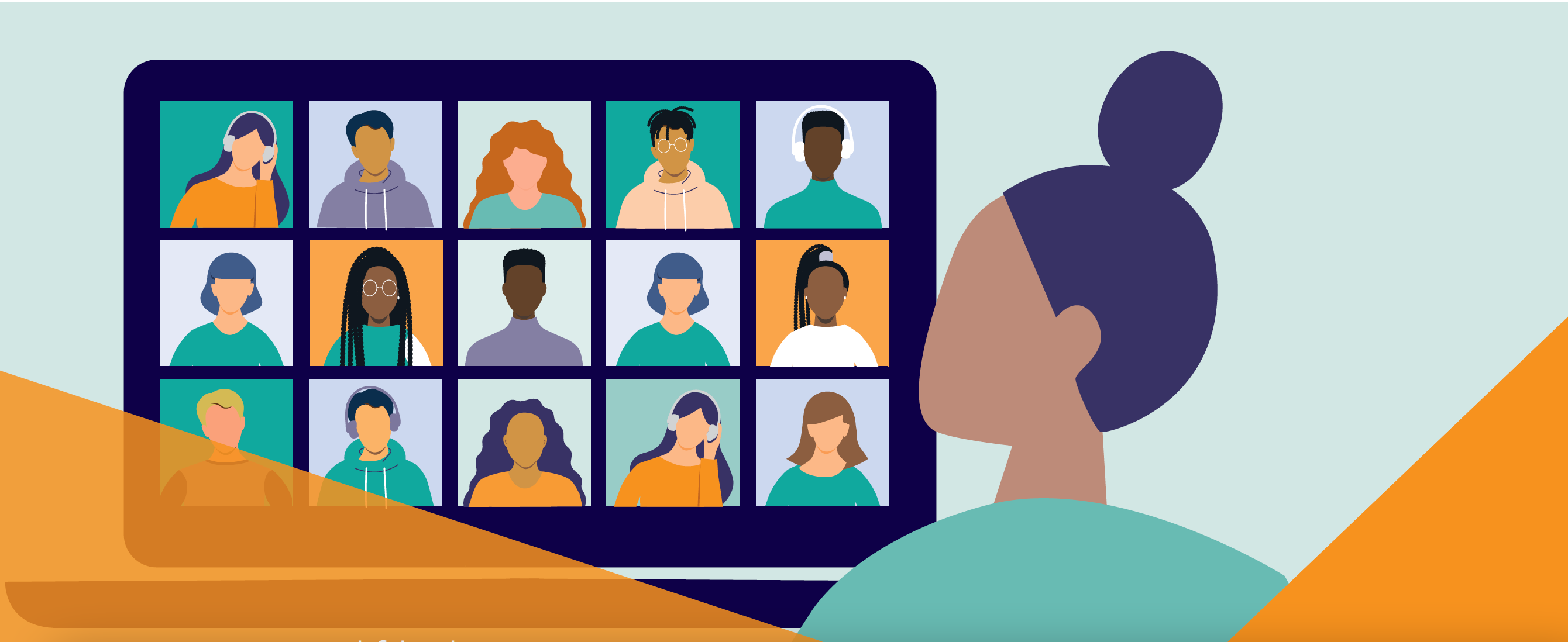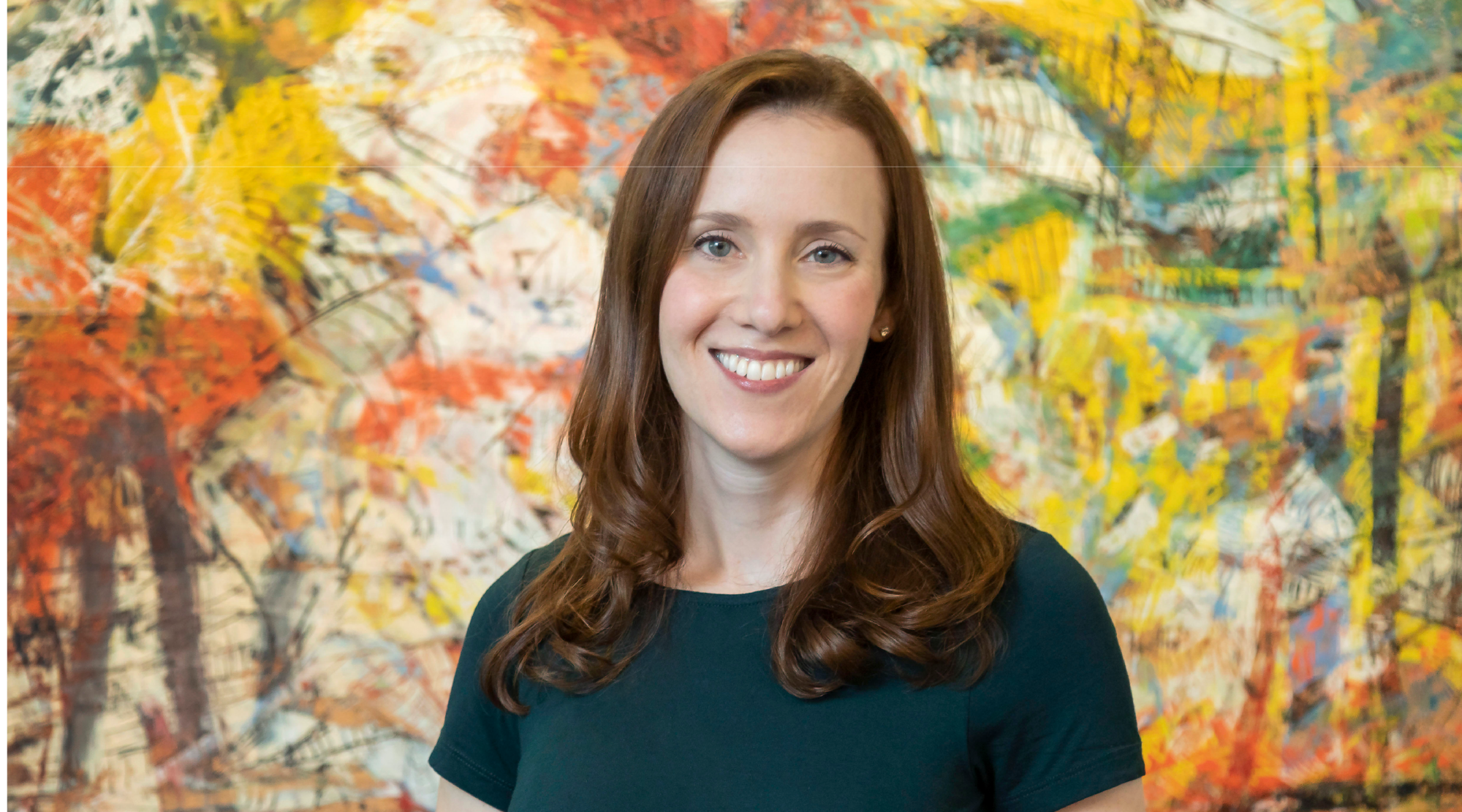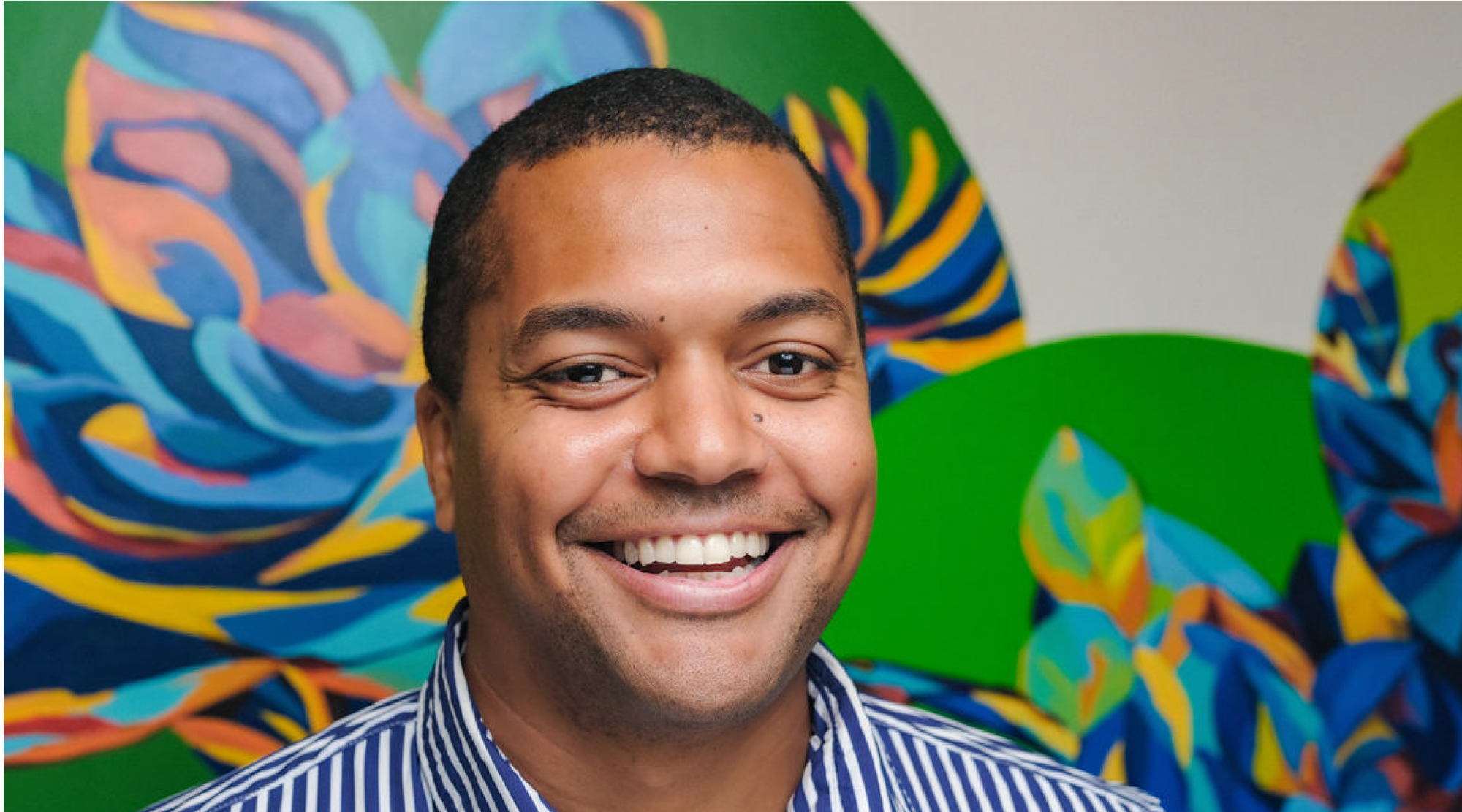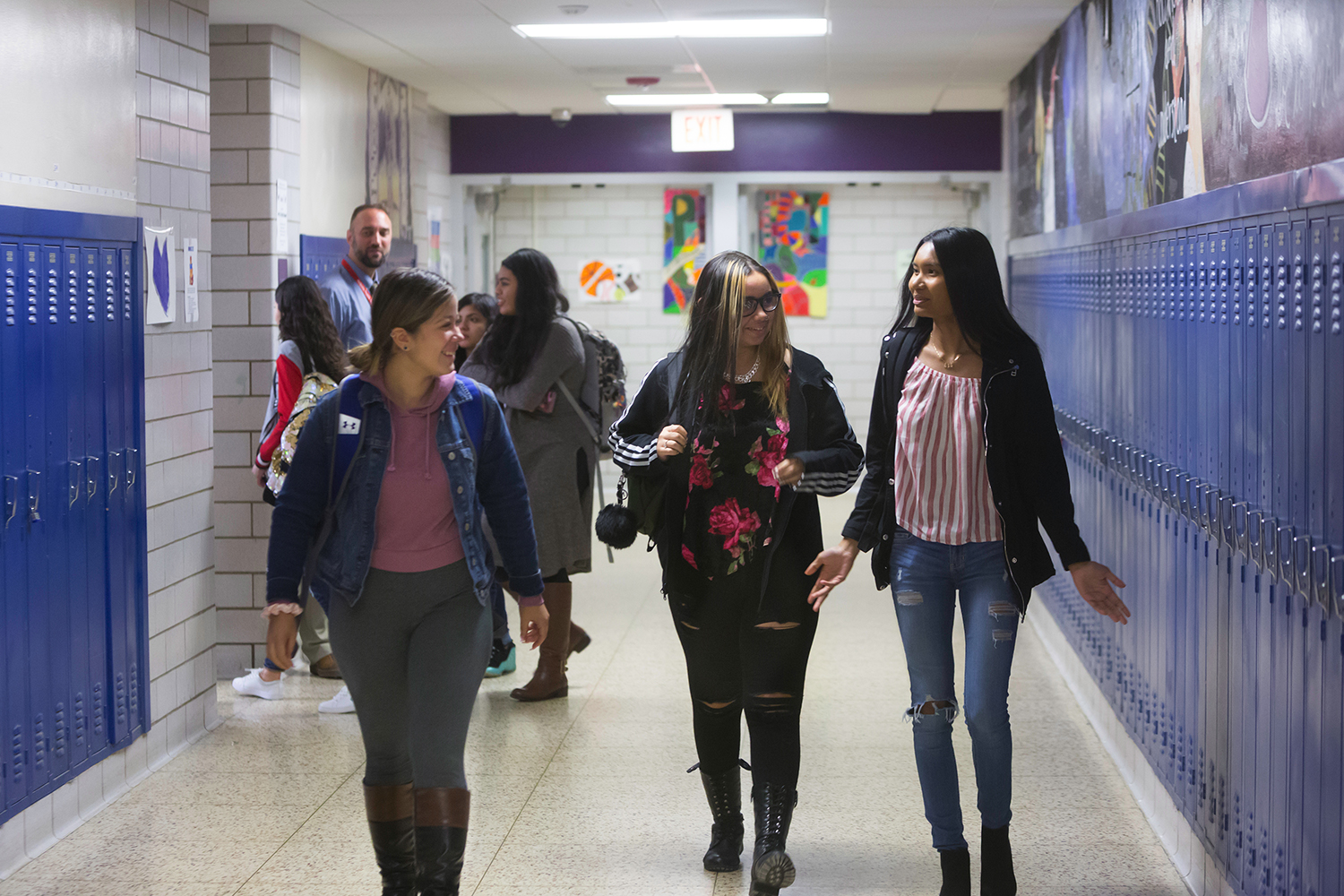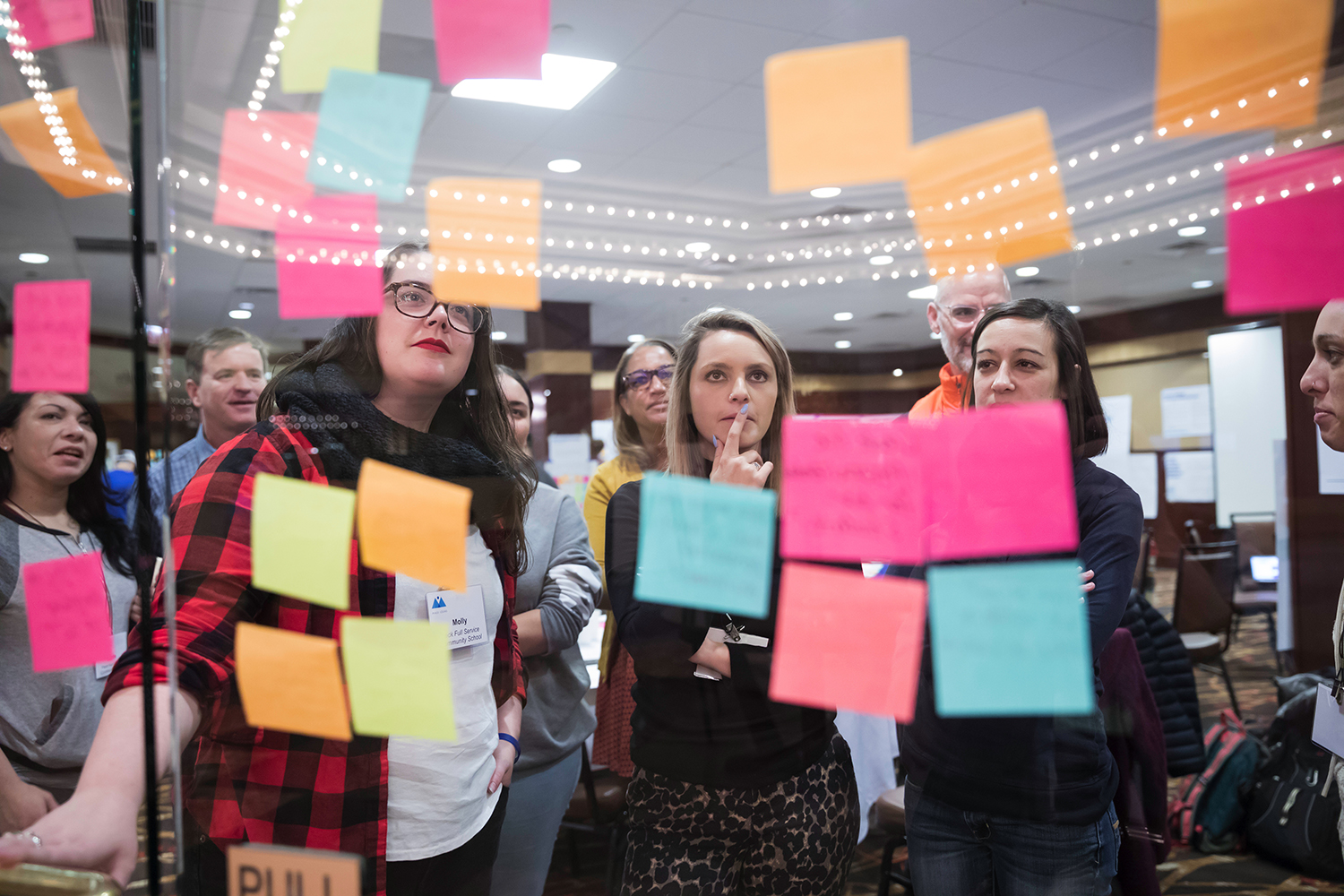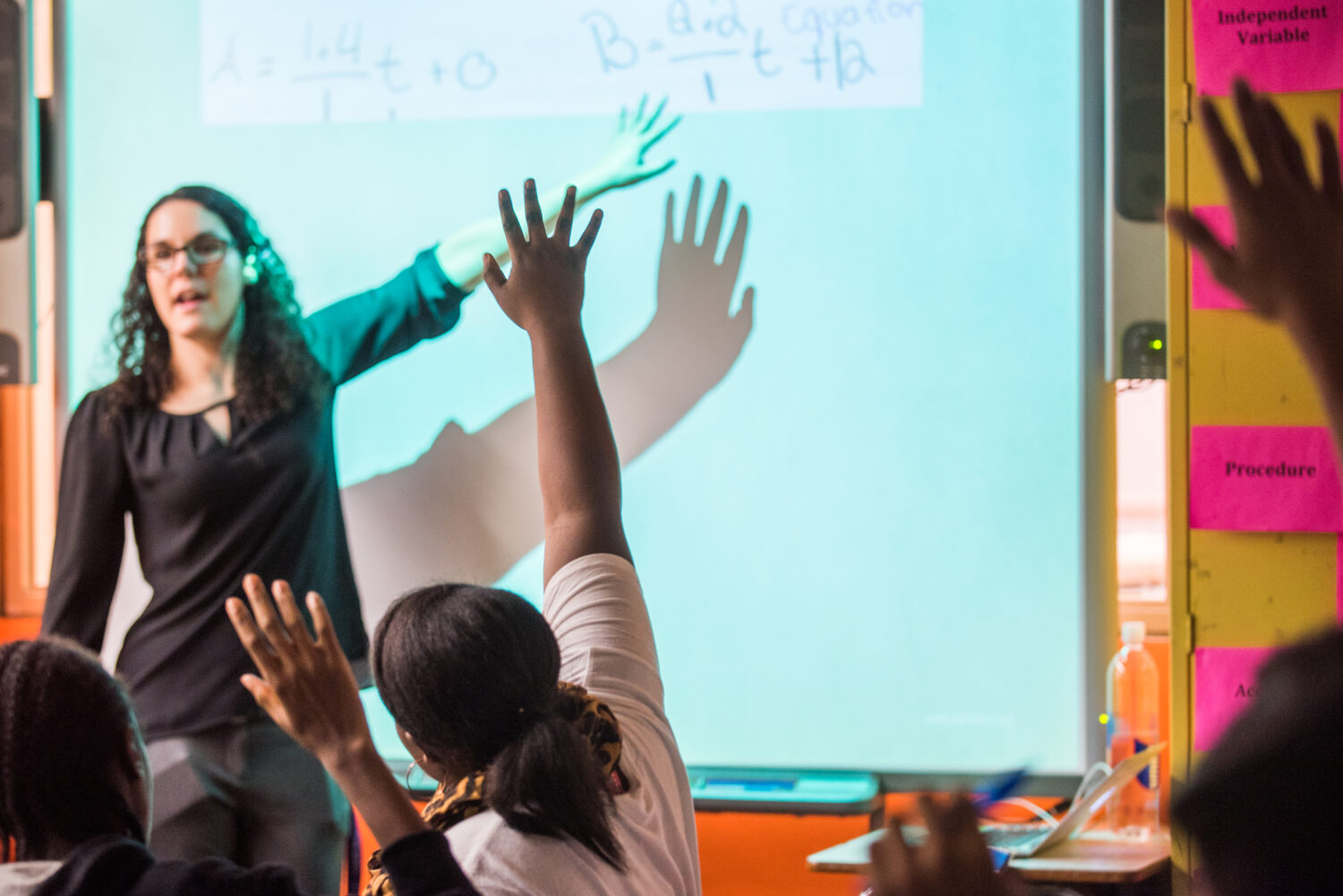For the past eighteen months, the COVID-19 pandemic has challenged schools and education systems to find innovative solutions to new problems. At the same time, it has also exacerbated issues that had long been lying under the surface. While interruptions to “normal” schooling during the pandemic have been disruptive, they have also created an opportunity for learning and deep reflection about what was working for students, what wasn’t, and what could be done differently to improve student outcomes in high school and beyond.
In the fall of 2020, the Barr Education Program partnered with the national nonprofit YouthTruth to offer high schools across New England the opportunity to hear firsthand from their stakeholders through student, staff, and family surveys. The goal of the YouthTruth surveys is to provide real-time, actionable feedback that schools can use to improve the teaching and learning experience. We believe stakeholder input is always a crucial component in developing responsive, high-quality learning environments. Tweet This It was more important than ever during the pandemic for schools to listen to those most impacted by the new models of teaching and learning and use their feedback for continuous improvement.
Ten schools across New England opted to administer the survey to their communities last fall. We received responses from nearly 3,400 students, along with 300+ school staff and 200+ family members. The survey revealed many unsurprising pandemic-related sentiments, such as difficulty focusing in front of a computer screen all day and missing seeing friends and colleagues. As we reviewed the data and spoke with schools about individual findings, three broader themes emerged from across the survey responses:
Three Themes from Student Survey Responses
1.Students have limited access to challenging, relevant, personalized learning experiences.
While students indicated that many teachers are accessible and supportive regarding content-specific questions or problems, they reported a far smaller proportion of teachers who take an interest in, and align coursework with, what’s happening in students’ lives outside of school. Further, many students struggle to see how what they are learning in school will be of use to them after they graduate.
2.College and career planning is starting late in students’ high school career, leaving many underclassmen feeling uncertain and unprepared.
In response to both specific survey questions and in open-ended responses, students and parents expressed that they had been provided with little guidance about selecting and applying to colleges and exploring career options. While this tends to be common among 9th and 10th grade students in many high schools, a number of 11th grade students—and also some students in 12th grade—noted a lack of post-secondary planning.
3.There is a disconnect between the perceptions of students and the adults who support their learning.
Family and staff responses tended to be more positive than the responses of students to the same or similar questions about various facets of school (e.g., engagement; relationships; diversity, equity, and inclusion; etc.).
As schools return to in-person teaching this fall, Barr partner schools are demonstrating that there is an opportunity to reflect on these themes and apply the many lessons learned from the past eighteen months so that schools don’t revert to what wasn’t working for too many students.
When Jessica Waters, Executive Director at Nowell Leadership Academy saw that her students were rating their feelings of “Belonging and Peer Collaboration” particularly low on the survey, she immediately instituted additional virtual learning spaces to encourage more collaboration among remote students, and pushed for more live instruction as students and staff returned to the classroom. She also used the survey data to support strategic planning at the Board level, sharing students’ insights from the survey with the school’s decision makers to further implement student-centric improvements in the upcoming school year. The school’s intentional focus yielded results: when they readministered the YouthTruth survey in the spring, students’ ratings in the Belonging and Peer Collaboration category had significantly improved.
Likewise, leadership at the Margarita Muñiz Academy could already sense that students were not fully engaged in school pre-pandemic. The YouthTruth survey results confirmed what the school suspected and highlighted that students were concerned about their preparation for college and careers. Armed with student feedback, Muñiz Academy has begun a deep look at the strengths and gaps of many of the school’s structures, including their advisory curriculum, instructional strategies, and continuum of student experiences, to ensure that all students are engaged in relevant, authentic, college-and-career connected learning experiences throughout their time in high school.
These examples are just a few of the ways school teams have incorporated stakeholder feedback into their short- and long-term planning, and YouthTruth is just one of many tools that schools can use to listen and collect data in an ongoing way. As schools welcome students back this fall amidst a continually evolving pandemic, uncertainty and change will likely continue to mark the upcoming school year. Regularly soliciting and acting on stakeholder feedback will be crucial for schools to respond strategically to what they are learning, to improve student experiences and outcomes both this year and beyond.
Further insights, additional quotes, analysis, and resources can be found in our YouthTruth survey brief linked below.
